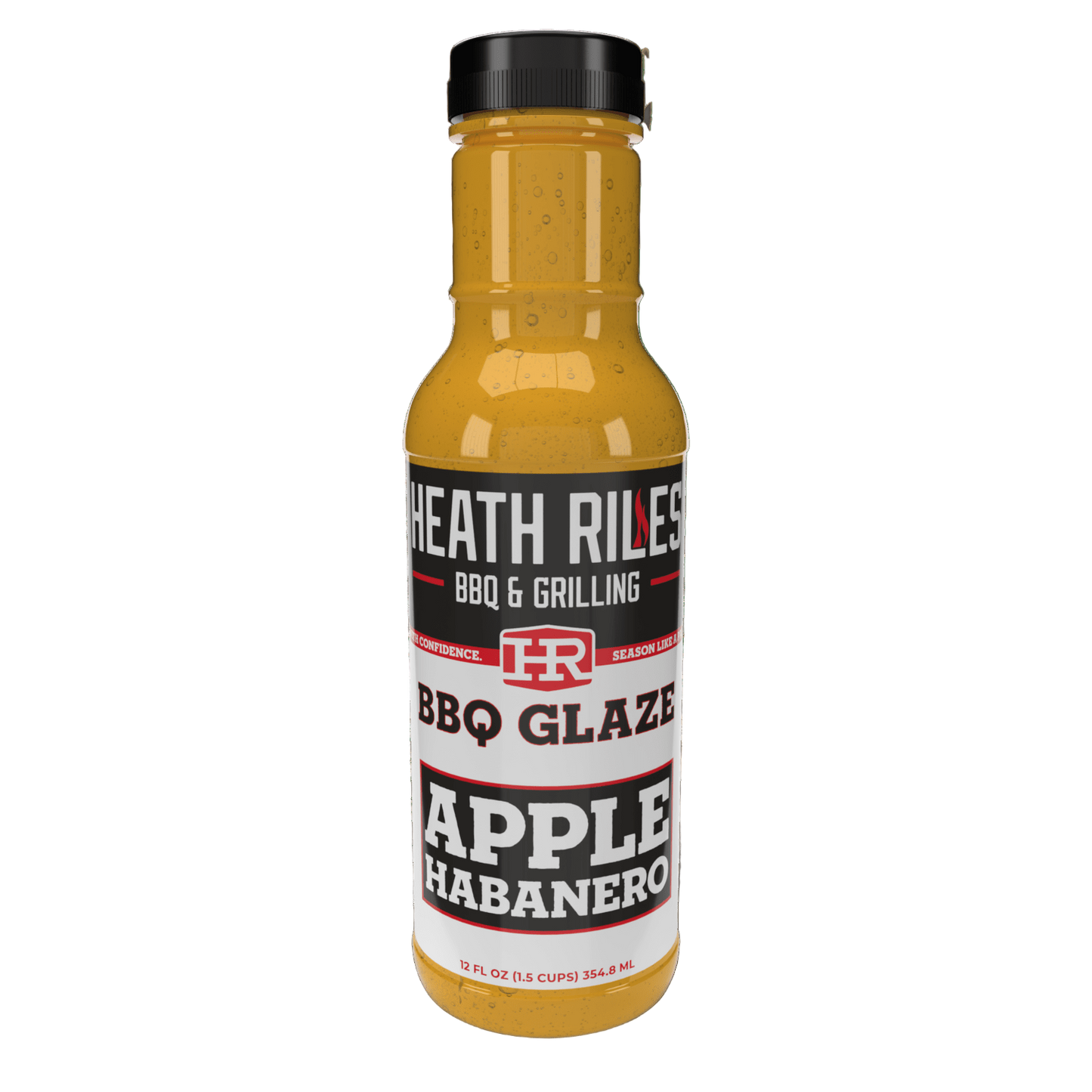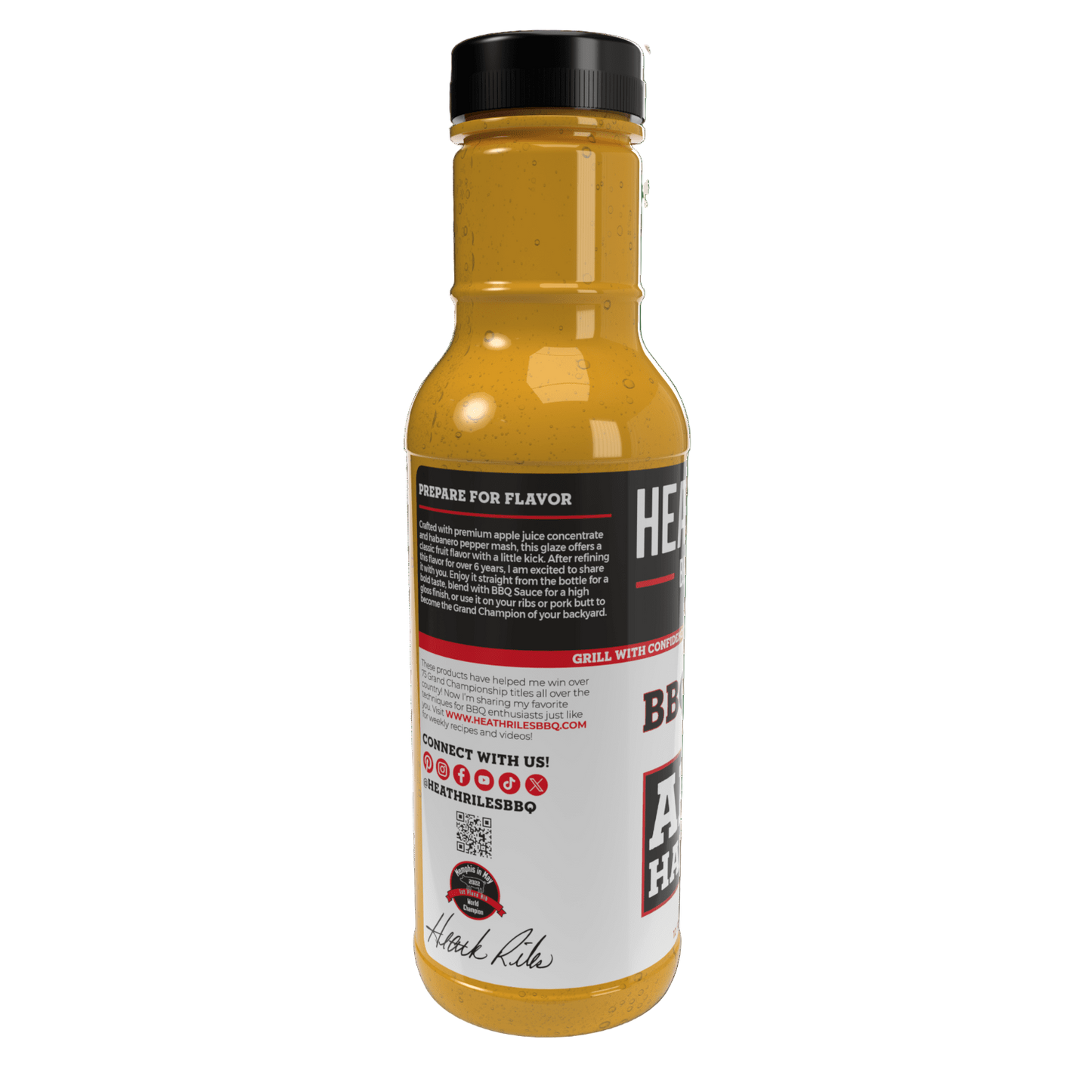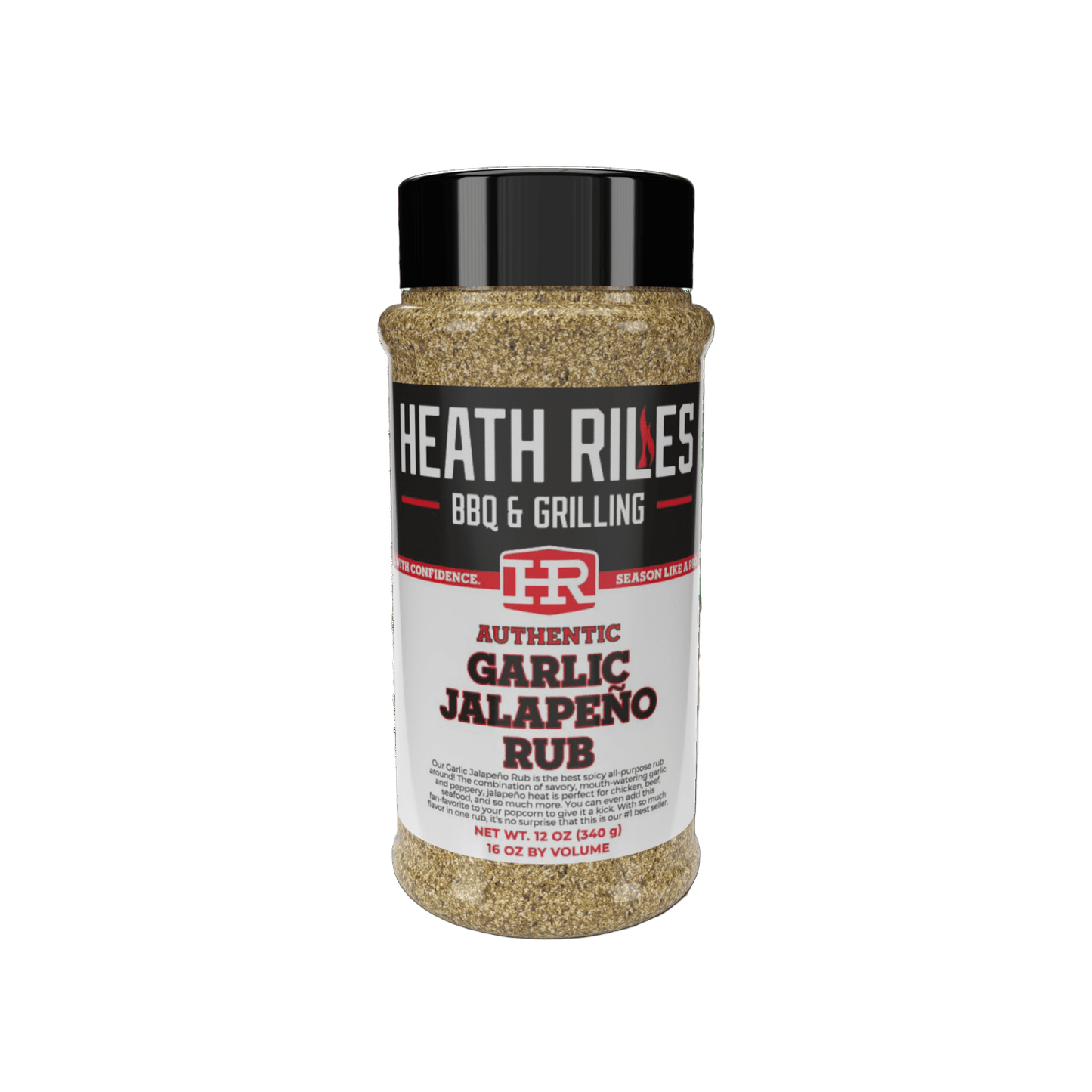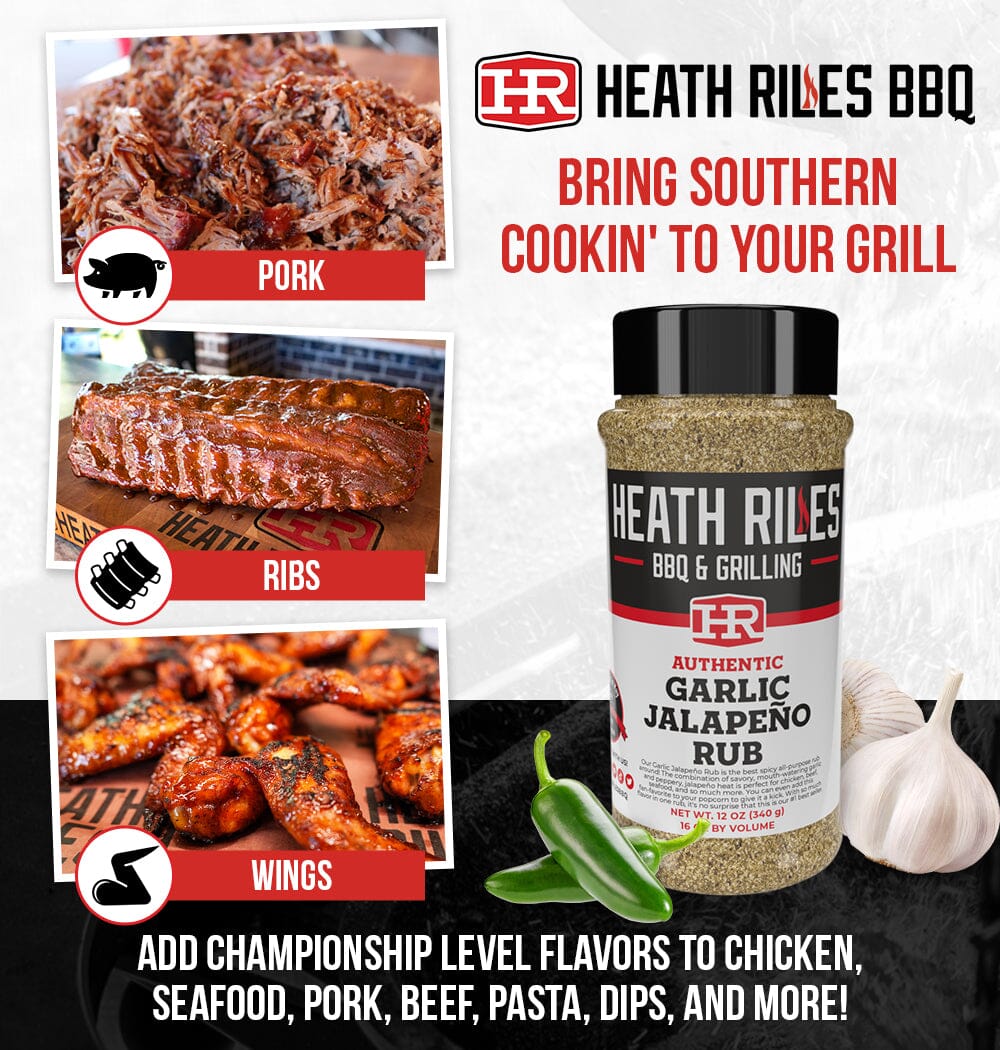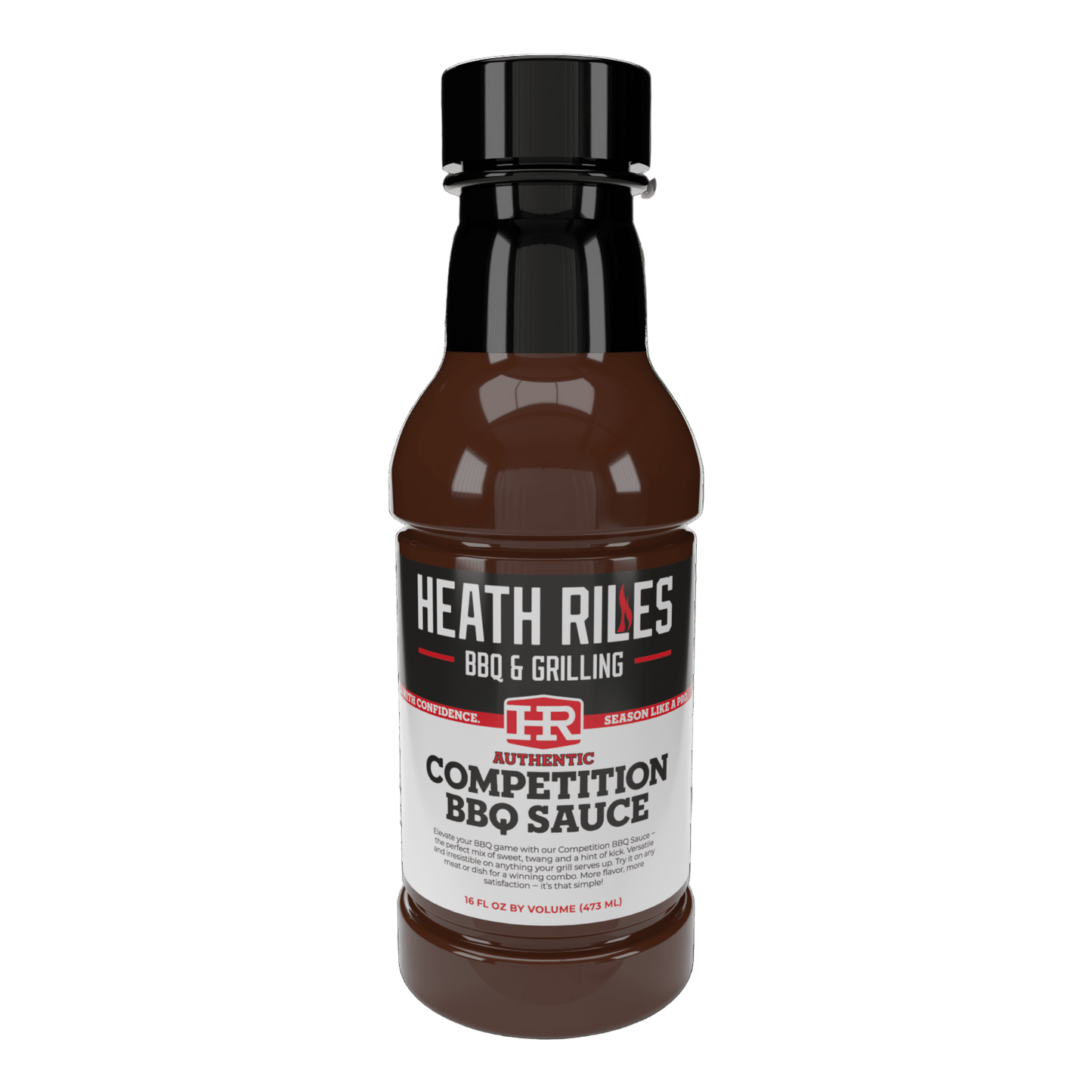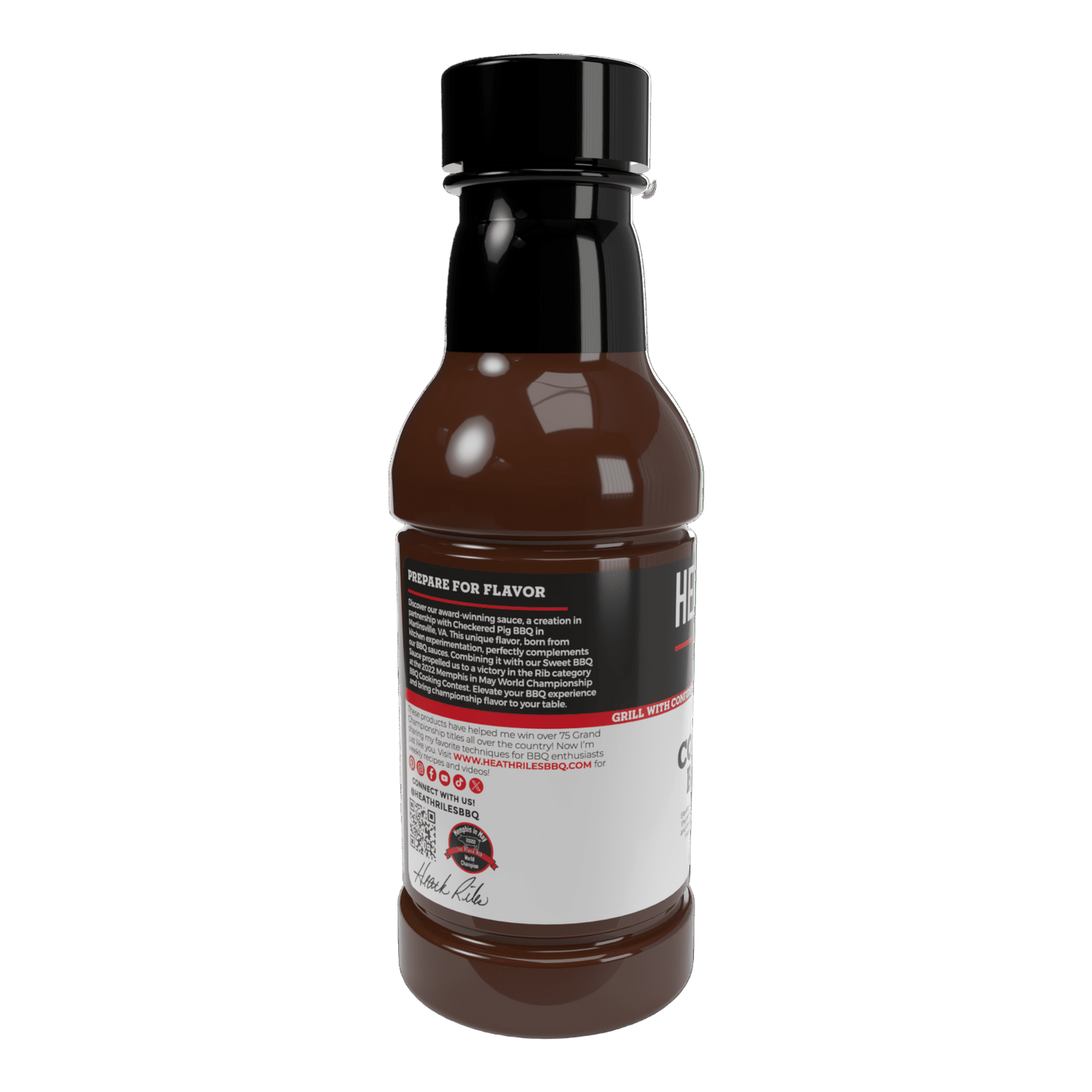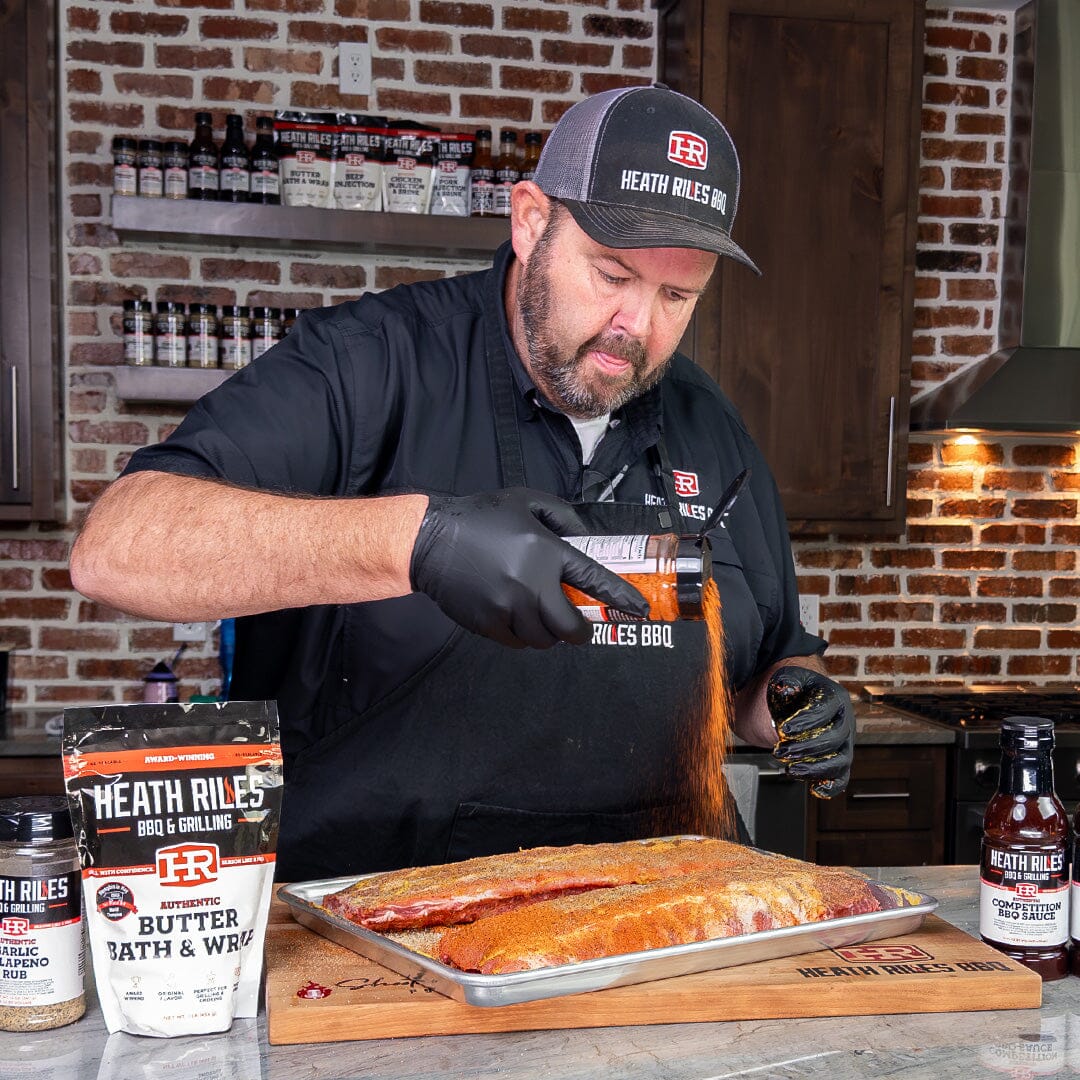
Ask any serious pitmaster and they’ll tell you: rubs are the foundation of great barbecue. For Heath Riles, an award-winning competition pitmaster, rubs have always defined his style and helped set his BBQ apart from the crowd. They don’t just season meat, they create the bark, the crust, and the first impression you get with every single bite.
Layering vs. Blending: How Heath Riles Uses BBQ Rubs to Build Bold Flavor
Rubs balance sweet, savory, salty, and spicy notes while working hand-in-hand with smoke, sauces, and glazes to layer complexity. The right rub can transform a basic cut of pork, chicken, or beef into a showstopping centerpiece. Whether you’re learning how to build a perfect bbq seasoning at home or reaching for one of Heath’s proven blends, rubs are the key to building bold, unforgettable flavor.
In this guide, we’ll break down essential BBQ rub ingredients, explain the difference between layering vs blending, and show you how to match the best spice blends to your favorite cuts.
Essential BBQ Rub Ingredients
Every great rub starts with a few core elements. Here are the must-have building blocks of any rub, whether you’re mixing your own or pulling inspiration from Heath’s award-winning lineup:
- Salt: The base of every rub. Salt enhances the natural flavor of meat and helps draw moisture to the surface for better bark formation.
- Sugar: Adds sweetness and caramelization. Brown sugar, in particular, brings moisture and depth.
- Paprika / Chile Powders: Provide rich color and a spectrum of mild-to-medium heat. Smoked paprika adds another layer of flavor.
- Garlic & Onion: Aromatic backbones that create a savory foundation in nearly every blend.
- Black Pepper: Brings a bold, earthy bite while also enhancing texture.
- Herbs & Specialty Spices: Ingredients like oregano, cumin, mustard powder, or coriander are what create signature profiles in the best spice blends.
These ingredients aren’t just seasonings, they’re the building blocks of flavor. Mastering them means mastering the art of BBQ.
Layering vs Blending Rubs
When it comes to applying rubs, pitmasters often debate: layering vs blending. Heath has mastered both techniques.
Layering: Applying different rubs one after another to build flavor in stages.
“I do love layering rubs. I grew up layering. But also I like putting down a base coat of an AP (all-purpose) type rub, which is my Garlic Jalapeño Rub for me. And then when it comes to the other rubs on top, if I have two other rubs, I’m fine with mixing them to layer on. But I really want to get that salt, pepper, garlic base down first of what I’m doing but then it doesn’t matter to me.” — Heath Riles
Blending: Mixing multiple rubs together before applying as one coat.
“I’ve layered four rubs on before and won Team of the Year like that, and I kind of changed it to where I would mix three together and then use one on the beginning, and I’ve won both ways. So for me, I can’t see much of a difference in them. So combining the two and keeping one separate—it’s totally up to the end user, whatever they want.” — Heath Riles
Both approaches work—you just have to find what fits your flavor goals.
Best Spice Blends for Different BBQ Styles
Every cut of meat deserves a rub that matches its flavor and cooking style. Here are some of Heath’s go-to pairings:
- Ribs: Sweet + heat combinations work best. Try Honey Rub with Hot BBQ Rub.
- Brisket: Go bold with pepper-forward blends like Garlic Jalapeño Rub + Hot BBQ Rub.
- Chicken: Fresh, herbaceous blends shine. Everyday Rub or Lemon Pepper Buffalo Seasoning are perfect.
- Pork: Sweet, smoky, and versatile. Honey Rub, Peach Rub, or Apple Rub deliver winning results.
These proven pairings give you confidence when picking the right blend for your next cook.
Creative Ways to Layer BBQ Flavor Beyond the Grill
Rubs aren’t just for meat, they’re versatile seasoning tools you can use every day. Here are some creative ways to extend that BBQ flavor into your cooking:
- Grilled or Roasted Veggies: Start with Garlic Jalapeño Rub and finish with Honey Rub for contrast.
- Popcorn & Snacks: Sprinkle Sweet BBQ Rub or Garlic Butter on popcorn, nuts, or Chex mix.
- Breakfast Favorites: Dust Everyday Rub or Garlic Jalapeño Rub on eggs, potatoes, or bacon. Add Honey Rub for a sweet edge.
- Ground Meats & Burgers: Mix rubs into the meat and season again before cooking. Try Garlic Jalapeño Rub inside, Hot BBQ Rub outside.
- BBQ Rubs in Dips & Dressings: Stir into mayo, sour cream, or vinaigrettes for smoky-sweet flavor.
- Cast-Iron or Oven Cooks: Layer rubs before searing and finish with a dusting after cooking.
- Leftovers & Meal Prep: Refresh reheated pulled meats with a sprinkle of Hot BBQ Rub to revive bark and flavor.
These tips prove that BBQ rubs can bring bold flavor to far more than just smoked meats.
BBQ Rub FAQs
Q: What rubs do pitmasters use?
A: Top pitmasters rely on proven blends that balance salt, sugar, heat, and aromatics. Heath’s lineup—like Garlic Jalapeño Rub, Honey Rub, and Hot BBQ Rub—are competition-tested favorites.
Q: Is BBQ seasoning the same as BBQ rub?
A: Not exactly. A rub is a specific type of seasoning designed to coat meat and create bark during cooking. Seasoning can be more general, often used at the table.
Q: Is a binder needed before applying BBQ rub?
A: Not always. Some pitmasters use mustard or oil to help rubs stick, but most of Heath’s rubs adhere just fine without a binder. It’s a matter of personal preference.

